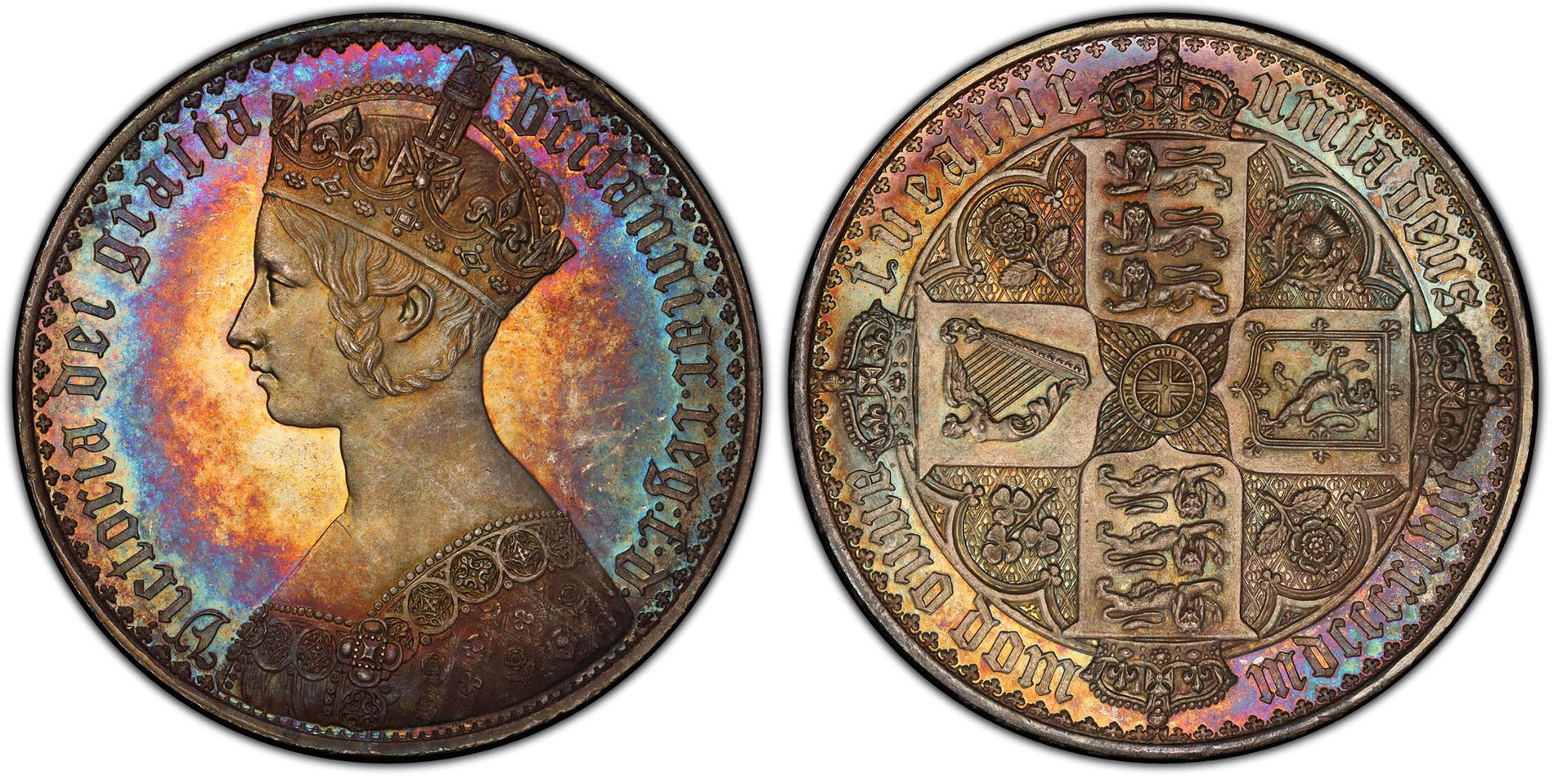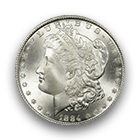Imagine being at the beginning of a revolution. Revolutionaries at times have to risk everything, including the ultimate price: their lives. However, without these individuals taking risks, history would not have changed, and the changes for the greater good of humanity may not have come to fruition. One of those revolutionaries in history was Harriet Tubman.
She was born as Araminta Ross in March of 1822 and raised in Dorchester County, Maryland, on a plantation. In her early teens, she sustained an accidental head injury, which gave her many troubles throughout her life. She married a man by the name of John Tubman in 1844. She sought freedom and attempted to convince her husband to join her quest to the Northern states, which had abolished slavery decades earlier. He declined to join Harriet. On September 17, 1849, Harriet and her two brothers escaped from a plantation beginning their journey to freedom.
Harriet Tubman’s two brothers, Ben and Harry, changed their minds after three weeks, and returned to the plantation from where they initially fled. The risks and penalties of an escaped enslaved person being caught were severe. However, Tubman continued and used the North Star to guide her to Philadelphia, just beyond the Mason-Dixon Line, demarcating an imaginary boundary between the North and the South. She quoted to biographer Sarah Hopkins Bradford in 1869, “I was free; but there was no one to welcome me to the land of freedom. I was a stranger in a strange land; and my home after all, was down in Maryland; because my father, my mother, my brothers, and sisters, and friends were there. But I was free, and they should be free.” Shortly after Tubman’s escape, the Fugitive Slave Act of 1850 was enacted and further deterred people from attempting to escape slavery.
Within a very short time, Tubman went back to free her brothers, friends, family members, and others in need. She used a network of safehouses set up by abolitionists and dubbed The Underground Railroad where those escaping slavery could sleep and rest on their journeys north. From one safehouse to another, Tubman and a group of abolitionists guided those who sought their freedom in the United States, though many sought refuge in Canada. She continued risking her life as she crossed over into the South 13 times until the Civil War, which was sparked in 1861 between the North and the South over the issue of slavery.
Tubman enlisted into service with the Union Army in 1862 with support from John Andrew, the governor of Massachusetts and a staunch abolitionist. Soon Tubman was tending to injured Black soldiers and those who had escaped slavery in South Carolina. She excelled in the field of nursing and used her vast knowledge of herbal remedies to treat patients. On June 2, 1863, Harriet Tubman became the first woman to lead a military operation under the direction of Union Colonel James Montgomery in the Civil War, who called her “a most remarkable woman, and invaluable as a scout.” During the Combahee Ferry Raid, Tubman was assisted by 150 Black soldiers and they rescued over 700 enslaved individuals. She was a master of disguises and served as a spy for the Union Army.
Once the Civil War was over in 1865, Harriet Tubman moved to Auburn, New York, where she provided care for her parents. Tubman continued her fight for women's rights, she was an advocate for the women’s suffrage movement as well as the disabled. Suffrage leader Susan B. Anthony was Tubman’s friend from the Underground Railroad days, and she introduced her at the National Woman's Suffrage Association conference in 1896. Tubman took in the elderly at home to care for them until the end of her life, dying on March 10, 1913, at the age of 91. She was buried with military honors.
Araminta had been known by nicknames such as “Moses,” “The Underground Railroad Conductor,” and “Minty.” On January 4, 2024, the United States Mint started accepting pre-orders for six different commemorative coins honoring Tubman. Ventris C. Gibson, the Director of the United States Mint, noted in a press release that, “Every coin produced by the United States Mint helps to tell a story that teaches us about America’s history or connects us to a special memory. We hope this program will honor the life and legacy of Harriet Tubman and inspire others to learn more about this amazing woman.”
The U.S. Mint also shared that, “Surcharges in the amount of $35 for each $5 gold coin sold; $10 for each silver dollar sold; and $5 for each half dollar sold – totaling $50 for each three-coin set sold – are authorized to be paid to the National Underground Railroad Freedom Center in Cincinnati, Ohio, and the Harriet Tubman Home, Inc., in Auburn, New York, to advance their missions.” Harriet Tubman’s legacy has always continued, and now she has been honored with the remainder of the hero’s in the United States with coinage. Three different obverses capture her beautifully, gracefully, and the reverse of the coins define her almost fully.
Harriet Tubman was always willing to lend a hand to those in need, repeatedly she risked her life for the greater cause of humanity, and she was tough as a diamond. She had brain surgery in 1898 to relieve her lifelong bout with headaches and she refused anesthesia. She asked for a bullet to bite down on like the soldiers whom she treated during the Civil War. Maybe the next time you view the Little Dipper constellation in the heavens above, you will notice one star that shines brighter than any other. It’s the North Star. This star was Harriet Tubman’s guide to freedom and many others she led. Indeed, “Minty” became a star that keeps on shining above all of us.








 Copper & Nickel
Copper & Nickel
 Silver Coins
Silver Coins
 Gold Coins
Gold Coins
 Commemoratives
Commemoratives
 Others
Others
 Bullion
Bullion
 World
World
 Coin Market
Coin Market
 Auctions
Auctions
 Coin Collecting
Coin Collecting
 PCGS News
PCGS News